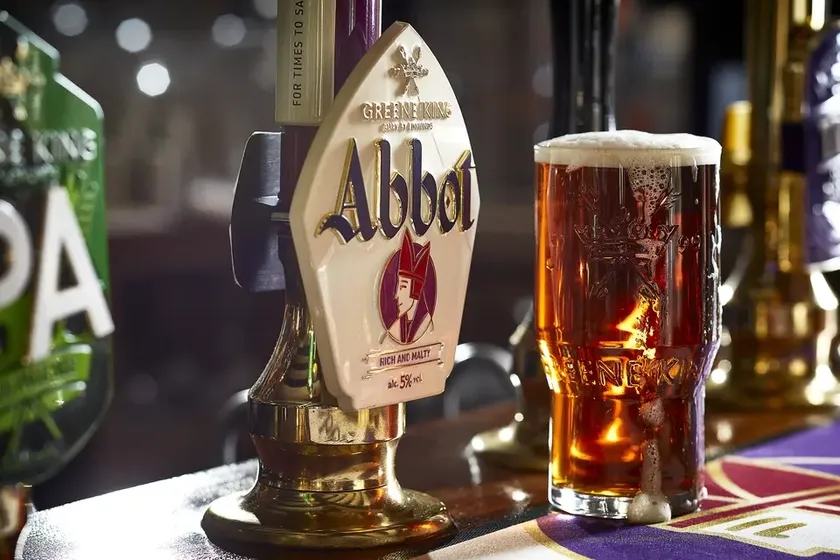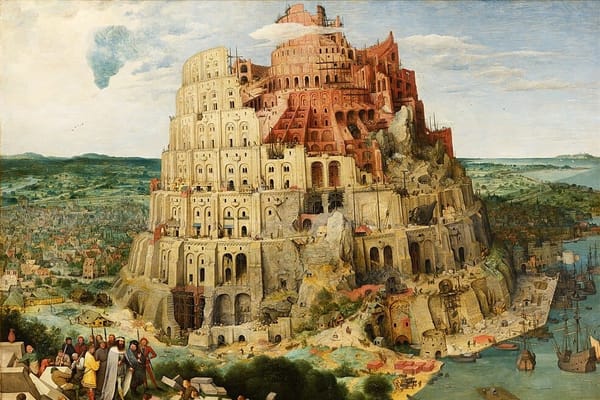Bury St. Edmunds
Bury St Edmunds takes its name from King Edmund, the original Patron Saint of England.

Key words
- Patron saint: a Christian saint who is believed to give special help to a particular place, activity, person, or type of object
St John Bosco is the patron saint of Turin.
- Abbey: a building where monks or nuns live or used to live. Some abbeys are now used as churches
Westminster Abbey is the most famous abbey in England.
- Pilgrimage: a trip, often a long one, made to a holy place for religious reasons
The Camino de Santiago is the most famous pilgrimage in Europe.
- Denounce: to criticize something or someone strongly and publicly
His former colleagues have denounced him as a spy.
- Ale: a type of beer, esp. one that is darker and more bitter than other beers
Abbot Ale is a full-flavoured, smooth beer with a fruity character.
Read the article to find the answers
- Who was the original patron saint of England?
- Why was St Edmund killed?
- When does beer brewing in Bury St Edmunds date back to?
- Who is the most famous member of the Greene family?
St. Edmund
Bury St Edmunds takes its name from King Edmund, the original patron saint of England and King of East Anglia, whose shrine at St Edmund's Abbey was once one of the most famous and wealthy pilgrimage sites in England.
The Kingdom of East Anglia was devastated by the Vikings whose Great Heathen Army advanced into East Anglia. The Great Heathen Army, also known as the Viking Great Army, was a coalition of Scandinavian warriors who invaded England in 865 AD with the goal of conquering and occupying the four kingdoms of East Anglia, Northumbria, Mercia, and Wessex.
The army was led by the sons of the legendary Ragnar Lodbrok. The campaign of invasion and conquest against the Anglo-Saxon kingdoms lasted 14 years and was described as one of the largest forces of its kind.
The story of St. Edmund, who ruled East Anglia from 855 to 869 AD, tells of the brave King Edmund who was killed by Danish invaders in 869 after refusing to denounce his Christianity. He was tied to a tree and shot full of arrows before being beheaded.
The remains of St. Edmund were moved to the Anglo-Saxon settlement that later became known as Bury St. Edmunds. In 1020, King Cnut had a stone church built for Edmund's body, which was the beginning of the Abbey of St. Edmund. For centuries the shrine was visited by various kings of England and it also became an important pilgrimage site for people from all over Europe.
Greene King
Beer brewing in Bury St Edmunds dates back to 1086 when monks brewed ale on the site of the Great Abbey using water from Bury's chalk wells, which are still used by Greene King today. Greene King IPA and Abbot Ale are two of the best selling ales in the UK.
Greene King was founded in 1887 when the Greene Brewery merged with the King Brewery, but since 2019 it has been owned by CK Asset Holdings, a Hong Kong-based conglomerate that is part of the CK Hutchison Holdings group founded by Li Ka-shing.
Graham Greene, a writer and journalist considered by many to be one of the leading novelists of the 20th century, is the most famous member of the Greene family.
Discussion questions
- Do you have any questions about any of the vocabulary or grammar in this article?
- What do you know about East Anglia?
- Have you ever tried Greene King IPA or Abbot Ale?
- Are there any pilgrimage sites in your country?

Book a Lesson
Improve your English language communication skills by practicing with a qualified and experienced native speaker.





